18+ Sample Security Strategic Plan
-

Home Land Security Strategic Plan
download now -
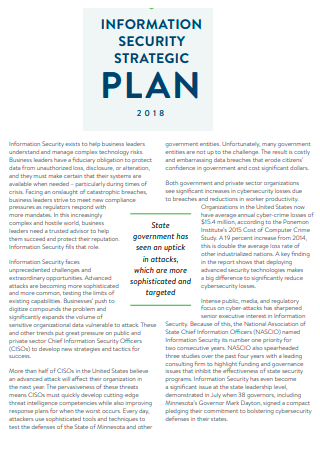
Information Security Strategic Plan
download now -
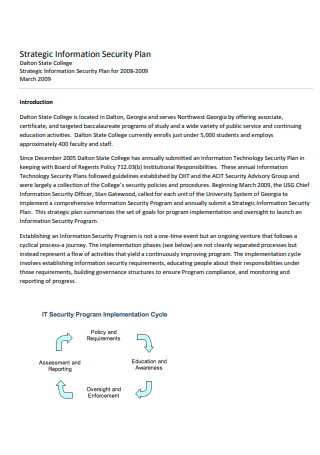
Security Strategic Information Plan
download now -
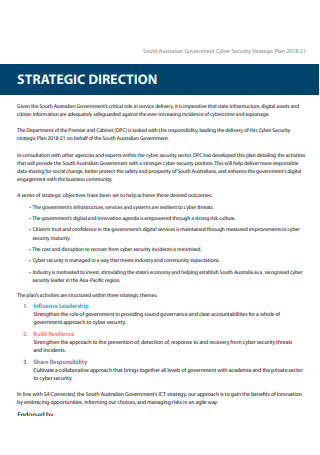
Cyber Security Strategic Plan
download now -
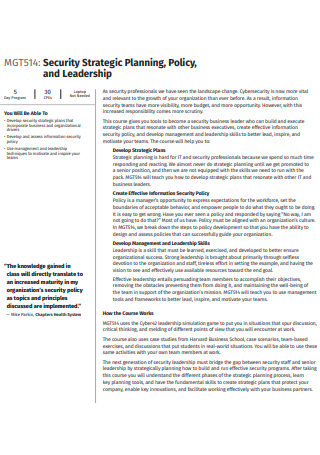
Security Strategic Planning in PDF
download now -
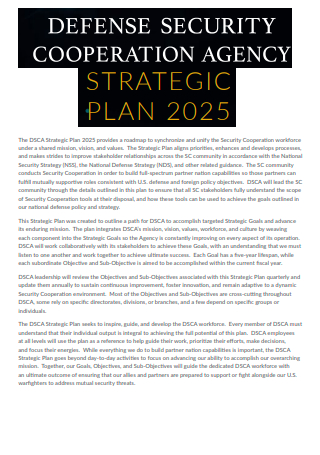
Defense Security Cooperation Agency Strategic Plan
download now -
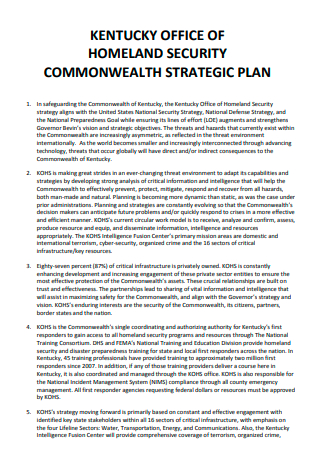
Office of Home Land Security Strategic Plan
download now -

Security Sector Strategic Plan
download now -

Community Food Security Strategic Plan
download now -
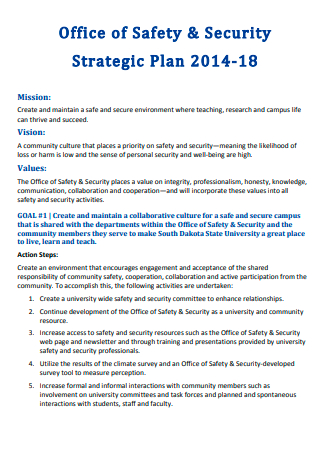
Office of Safety and Security Strategic Plan
download now -
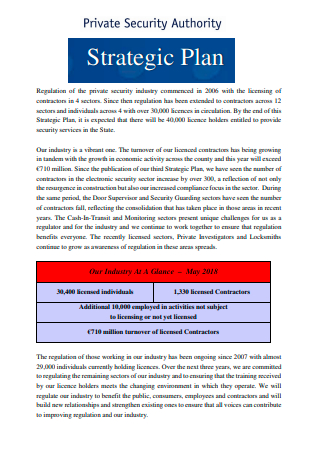
Private Security Authority Strategic Plan
download now -

National Security Strategic Planning
download now -
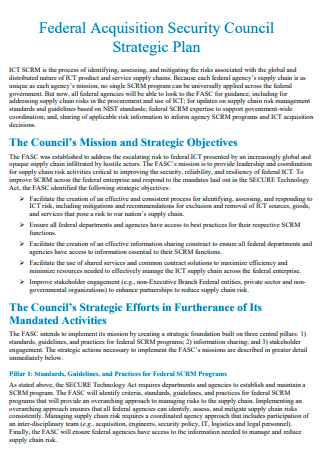
Federal Acquisition Security Council Strategic Plan
download now -
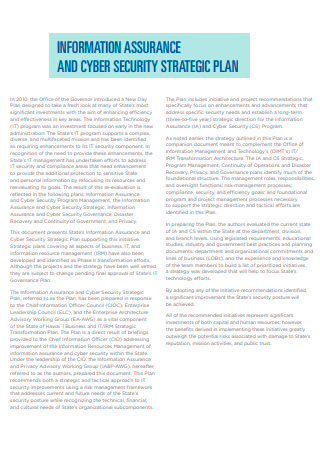
Information Assurance and Cyber Security Strategic Plan
download now -
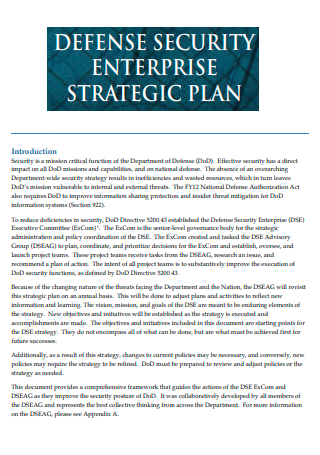
Defense Security Enterprise Strategic Plan
download now -
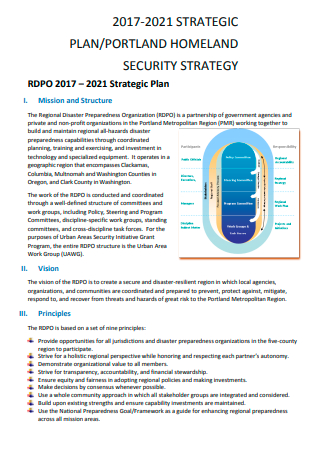
Standard Security Strategic Plan
download now -

Security Strategic Plan Concurrent Sheet
download now -
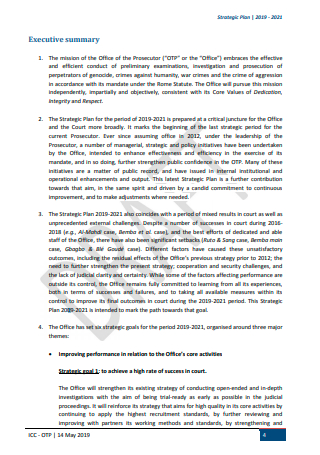
Draft Security Strategic Plan
download now -

National Health Security Strategy Implementation Plan
download now
FREE Security Strategic Plan s to Download
18+ Sample Security Strategic Plan
What Is a Security Strategic Plan?
What Is the Importance of Security Strategic Plan?
What Are the Constraints of a Security Strategy?
What Is in the List of Strategic Security Plan Objectives?
How To Develop an Effective Security Strategy Plan?
FAQs
Who Is Responsible for the Business’s Security Strategy?
How Long Does It Take to Prepare a Security Strategy Plan?
What Is the Primary Objective of a Security Strategy?
Why Are Strategies Needed?
What Is the Difference Between Strategic Plan and a Tactic Plan?
It is important that you are well-aware about the Security Strategic Plan when coming up with a security agency or business, in order to avoid confusion and legal actions from any party involved.
What Is a Security Strategic Plan?
A security strategic plan is a direction, plan or approach to achieving the security objectives while allowing for the influence of the constraining factors. Strategies are the plans for moving from the current environment towards the vision. Strategies do not have priorities: they are mutually exclusive. The vision includes comprehensive perimeter monitoring and access controls. The current capability meets existing needs, but will require enhancement to protect new communication channels used to provide the planned increase to connectivity.
Strategies for implementing security cannot be achieved unless their impact on security objectives can be assessed either qualitatively or quantitatively. Typical management process includes planning for an outcome, implementing a process to achieve the outcome, measuring the results, and using the results as a measure of effectiveness to improve on the original plan. The process for the management of security is atypical in this regard. Security assurance cannot be measured in terms of the “results” where there are none. Furthermore, major security events may never occur, or occur very infrequently. There are also limitations on assessing security in terms of the likelihood of impacts occurring. Security assurance needs to be measured in terms of the reduction in this risk probability function. Security assurance also needs to be measured in terms of each of the security objectives.
What Is the Importance of Security Strategic Plan?
A security strategic plan can position an organization to mitigate, transfer, accept or avoid information risk related to people, processes and technologies. An established strategy also helps the organization adequately protect the confidentiality, integrity and availability of information. The business benefits of an effective information security strategic plan are significant and can offer a competitive advantage. These may include complying with industry standards, avoiding a damaging security incident, sustaining the reputation of the business and supporting commitment to shareholders, customers, partners and suppliers. In addition, these strategic missions, when completed as prioritized within the plan, can significantly improve the efficiency and effectiveness of security decision-making. An information security strategic plan can be more effective when a holistic approach is adopted. Strategic direction refers to the plans that need to be implemented for an organization to progress towards its vision and fulfil its goals. It ensures owners and management can communicate the importance of employees work and their contribution to achieving business objectives.
What Are the 3 Types of Security?
An effective information security program includes controls from each area. Controls are selected based on the organization’s determination of risk and how it chooses to address each risk. There are about 3 types of security with different functions but with one purpose.
What Are the Constraints of a Security Strategy?
In addition to the business objectives and initiatives driving security there are also a range of constraints that inhibit or prevent the achievement of security objectives. These factors may be internal to the organization and controllable, or external and beyond the control of the organization.
External constraints
- Emerging technology (such as wireless networking) creates business opportunities but also brings new vulnerabilities and risks.
- Legislation (such as information privacy) may increase the potential costs arising from exposure of sensitive information and may create new obligations for providing controlled access to information.
- Customer requirements (such as increased connectivity) may increase vulnerability and complexity in internal systems.
Internal constraints
- Cost – organizations tend to vary their level of risk acceptance in response to growth or retraction in the market.
- Architecture – (such as authentication systems) may restrict use of strong authentication or inhibit adequate monitoring.
- Culture – organizations with a strong culture of trust may fail to recognize weak security systems. Attitude and awareness play a key role in building effective security.
- Complexity – organizations that are highly responsive to customer requirements may create solutions with increasing complexity and interdependence.
Security strategies must allow for these constraining factors.
What Is in the List of Strategic Security Plan Objectives?
A list of possible security objectives, including how they are achieved by security functions follows:
To reduce security events. Security functions can alter the likelihood and impact of security events. For instance, access management can prevent unauthorized access. Reduction in security events will reduce system interruptions, reduce costs arising from business interruptions and from recovery, protects reputation and existing revenue streams, reduce information exposure and damage, and reduce legal penalties.
To provide security infrastructure that reduces development costs. Security functions can implement security infrastructure (such as authentication services, access management and provisioning, identity management, key management) that can be re-used by multiple systems. Re-use reduces development costs and also reduces complexity. Infrastructure may provide revenue-generating opportunities through product differentiation.
To reduce operational costs. Security functions can reduce operation costs by increasing the efficiency of providing services, such as access control mechanisms. Security functions can reduce insurance costs by reducing the risk profile of the organization.
To reduce development costs. Security functions can reduce development costs by imposing minimal security controls, by providing infrastructure to reduce the cost of developing controls, by providing policy that reduces the need for risk assessments, by providing processes that ensure security requirements are identified early in development and avoid late requirements and rework.
To protect assets. Security functions can protect assets by performing risk assessments and security reviews to make sure assets are effectively protected.
To reduce fraud. Security can reduce fraud by imposing access controls that limit opportunities to modify information for financial gain. Security can also impose logging and monitoring to identify unauthorized activities during or after events. Monitoring can be a deterrent.
To reduce third party claims. Security functions can reduce third party claims by reducing events (as above), and by adding security requirements to contracts that avoid liability for security events.
To provide consulting to reduce risks. Consulting can reduce risks by identifying vulnerabilities and risks in business processes and projects during risk assessments and security reviews.
To achieve certification to standards for revenue growth. The sales team may be able to generate more revenue when company systems and processes have a recognized security certification. The business objective is revenue growth. The security objective is to achieve certification to meet business requirements set by sales and marketing.
To reduce legal penalties. Security can reduce the exposure to legal penalties by establishing policies and procedures that demonstrate due care. Security can protect personnel from personal liability and damages by establishing policy and procedures that make people accountable for their own actions.
How To Develop an Effective Security Strategy Plan?
A truly secure business has a sound cyber security strategy in place with a well-defined pathway to address future security requirements. There are 8 steps to drafting out the security strategy plan:
Step 1: Conduct a Security Risk Assessment
The risk assessment will require collaboration from multiple groups and data owners. This process is required to obtain organizational management’s commitment to allocate resources and implement the appropriate security solutions. A comprehensive enterprise security risk assessment also helps determine the value of the various types of data generated and stored across the organization.
Step 2: Set the Security Goals
A key component of the security strategy is to ensure that it aligns or is in step with the business goals of the company. Once the business goals are established, the implementation of a proactive security program for the entire organization can commence. This section identifies various areas that can assist in creating the security goals.
Step 3: Evaluate the Technology
Once the assets have been identified, the next step(s) are to determine if these systems meet security best practices, understand how they function on the network, and who supports the technology within the business. The items below will assist with the gathering of the information in this key area of the security strategy roadmap.
Step 4: Select a Security Framework
The results of the cyber security risk assessment, vulnerability assessment, and penetration test can help you determine which framework to select. The security framework will provide guidance on the controls needed to continuously monitor and measure the security posture of your organization. The items below can assist in the selection of a security framework.
Step 5: Review Security Policies
An organization may have one overarching security policy, along with specific sub policies to address various technologies in place at the organization. To make sure security policies are up to date and address emerging threats, a thorough review of the policies is recommended.
Step 6: Create a Risk Management Plan
This plan provides an analysis of potential risks that may impact the organization. This proactive approach makes it possible for the business to identify and analyze risk that could potentially adversely the business before they occur.
Step 7: Implement the Security Strategy
At this stage of the strategy, assessments are near completion along with policy plans. It is now time to prioritize remediation efforts and assign tasks to teams. Setting deadlines that are too aggressive and unrealistic is a recipe for disaster. Better to set a reasonable time frame and exceed expectations.
Step 8: Evaluate the Security Strategy Plan
This final step in the creation of the cyber security strategy is the start of an ongoing support of the security strategy. Threat actors will continue to exploit vulnerabilities regardless of the size of the organization. It is imperative that the security strategy be monitored and tested regularly to ensure the goals of the strategy align with the threat landscape.
FAQs
Who Is Responsible for the Business’s Security Strategy?
Employees also contribute to the strategy, but ultimately, the responsibility starts at the top of the organization. Basically, any strategy that addresses risk to the business starts at the top of the organization. Leadership and other teams do take responsibility for creating and deploying a strategy.
How Long Does It Take to Prepare a Security Strategy Plan?
There is not a set time frame that fits all organizations; however, the plan should be treated as a project with milestones based on resources, risk assessment reviews, technology, and other factors related to the project. The length of time it takes to prepare a security strategy plan can vary from one organization to the next.
What Is the Primary Objective of a Security Strategy?
Taken together, threats and vulnerabilities constitute information risk. The primary information security objective is to protect information assets against threats and vulnerabilities, to which the organization’s attack surface may be exposed.
Why Are Strategies Needed?
A business strategy creates a vision and direction for the whole organization. A strategy can provide this vision and prevent individuals from losing sight of their company’s aims. It is important that all people within a company have clear goals and are following the direction, or mission of the organization.
What Is the Difference Between Strategic Plan and a Tactic Plan?
Strategic planning lays out the long-term, broad goals that a business or individual wants to achieve. And tactical planning outlines the short-term steps and actions that should be taken to achieve the goals described in the strategic plan.
The cost of developing and implementing a security strategy plan has many dependencies. One dependency is resource availability. Expertise will be needed to conduct risk assessments; however, the organization may not have internal resources to conduct the review.
Executing a security strategic plan is a critical success factor for organizations that truly want to maximize their ability to manage information risk. Committing to this process takes resources and time. To be fully effective, security leaders need to be viewed as adding value to the business and IT strategic planning processes, focusing on how their strategy can enhance the business and help it succeed.
